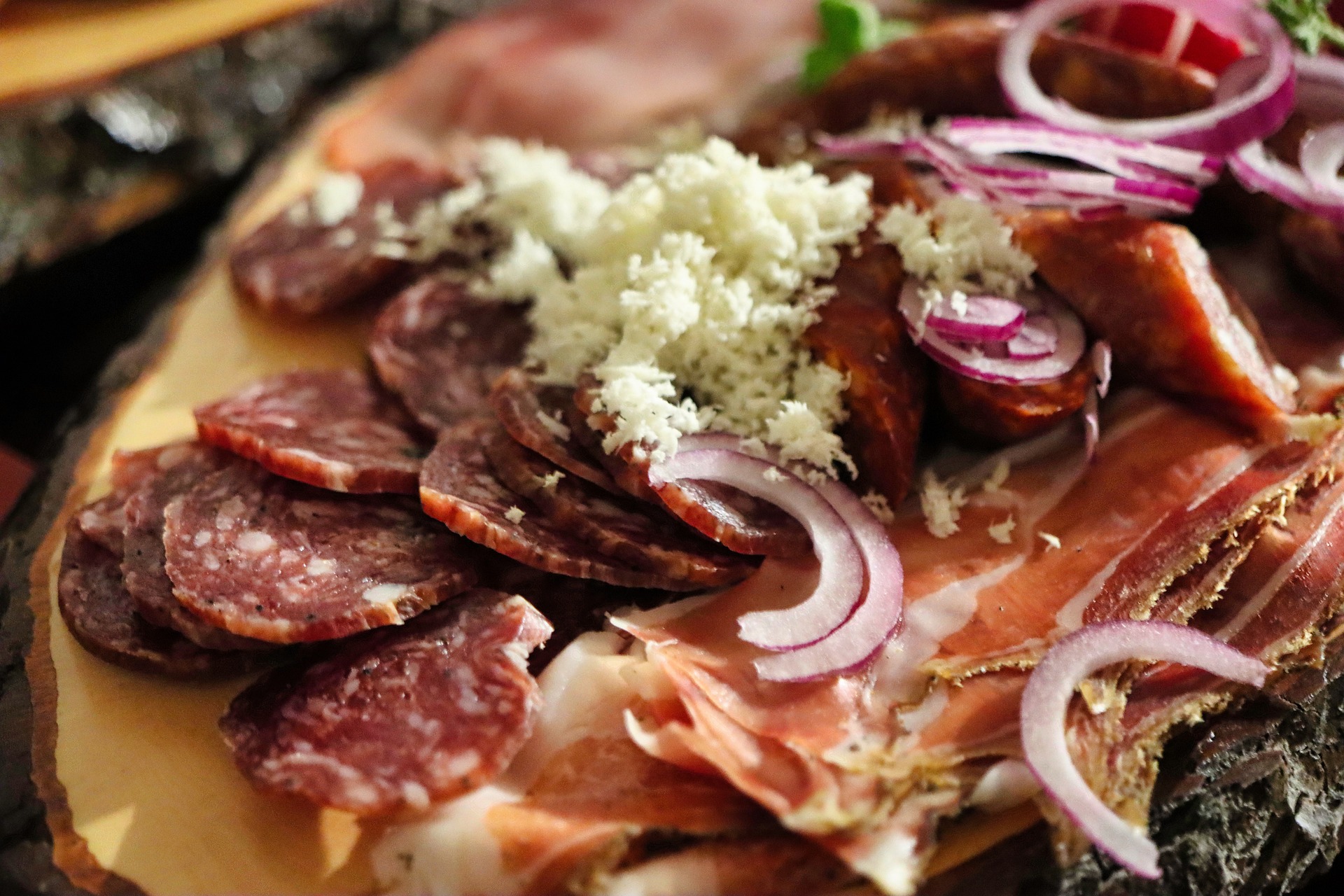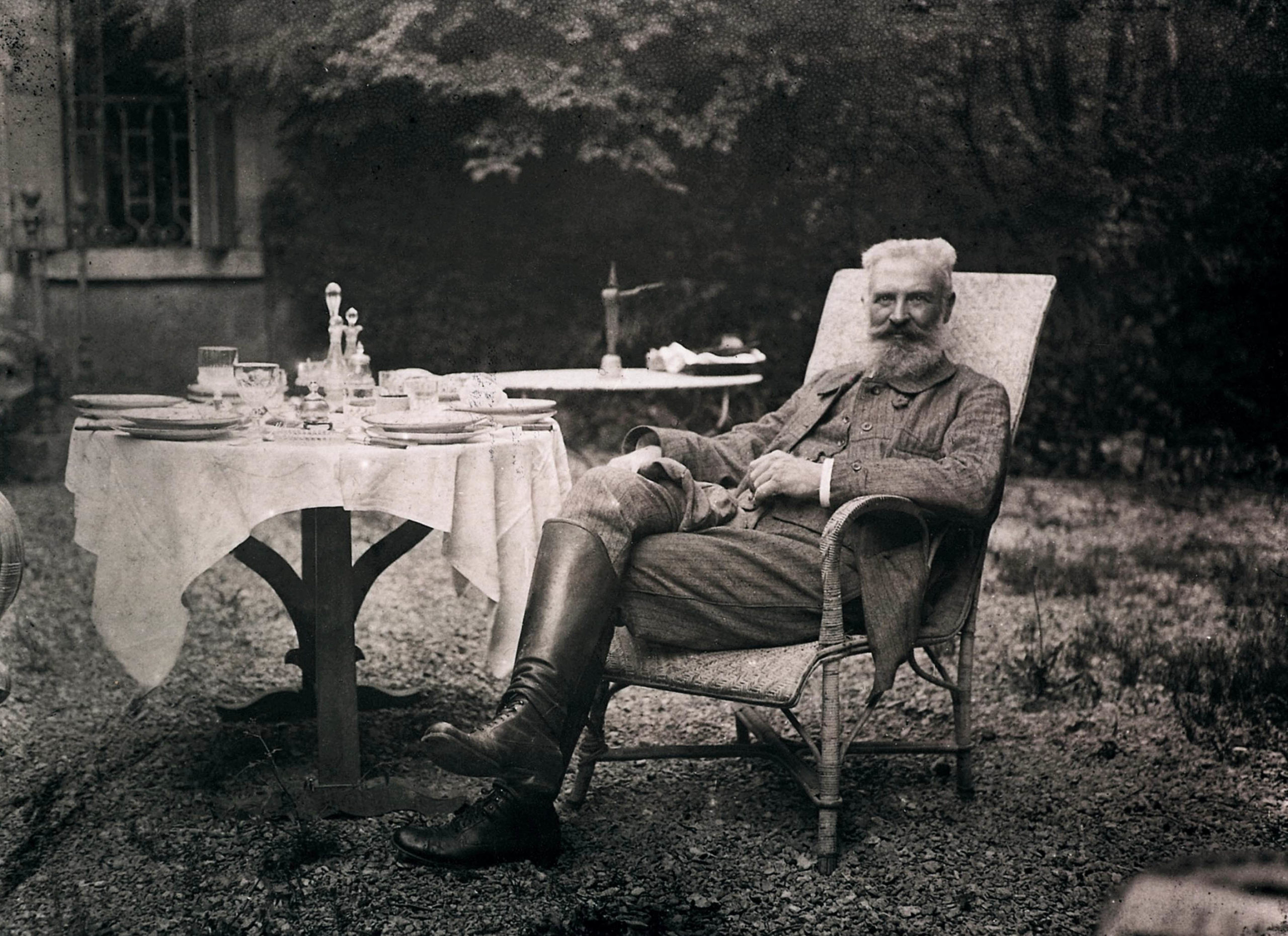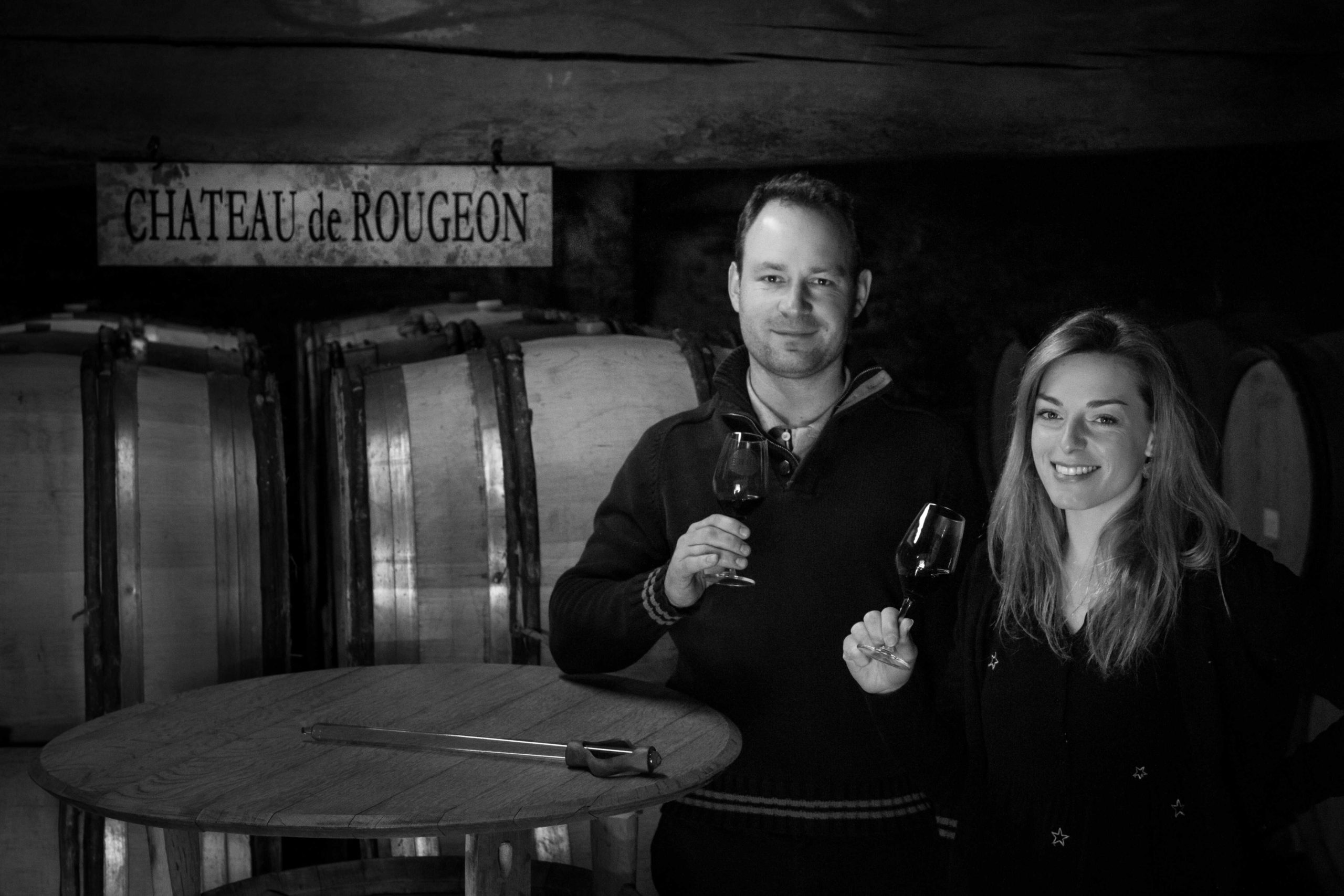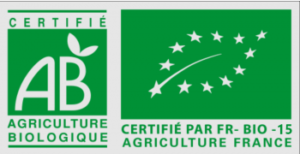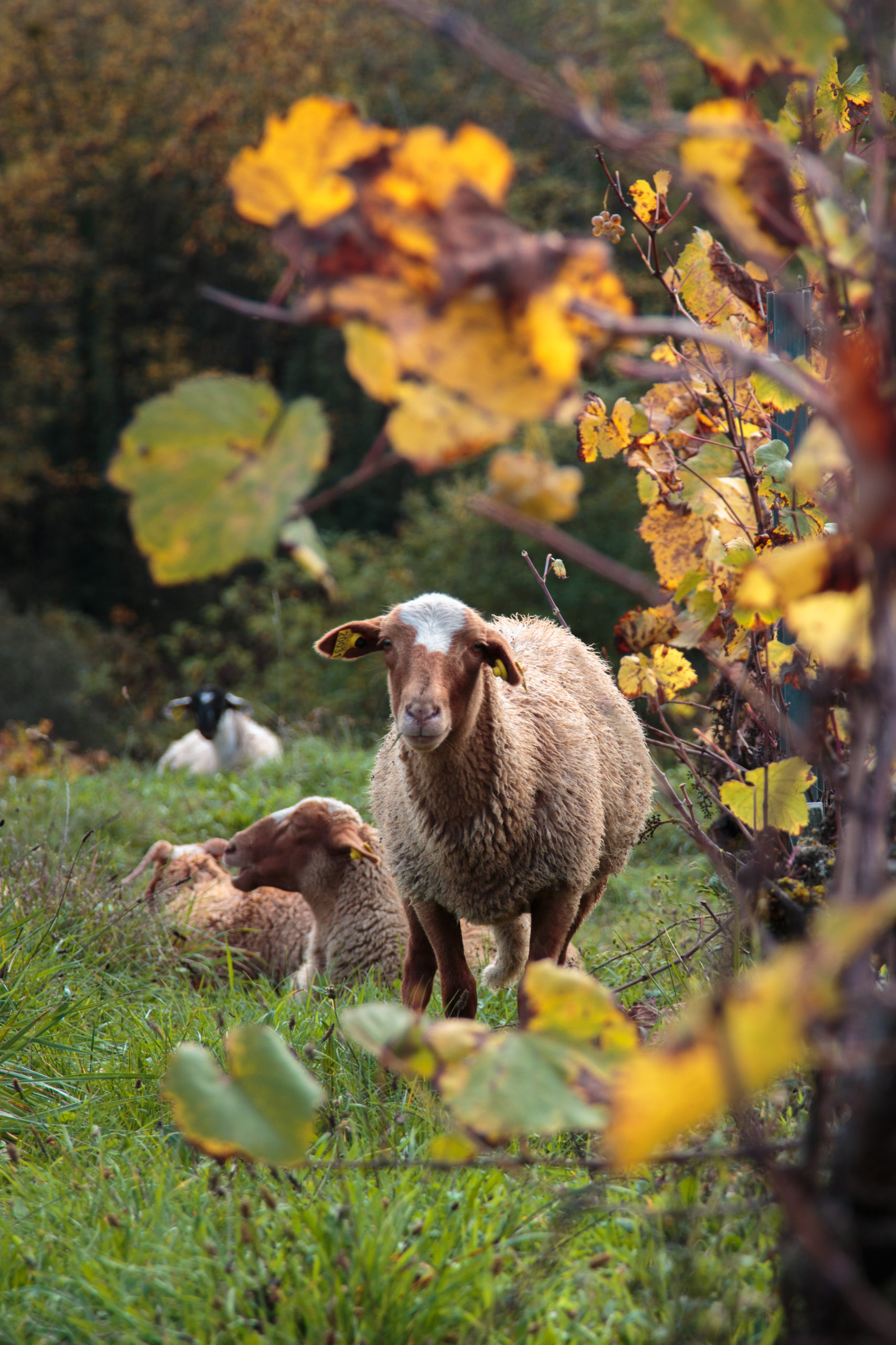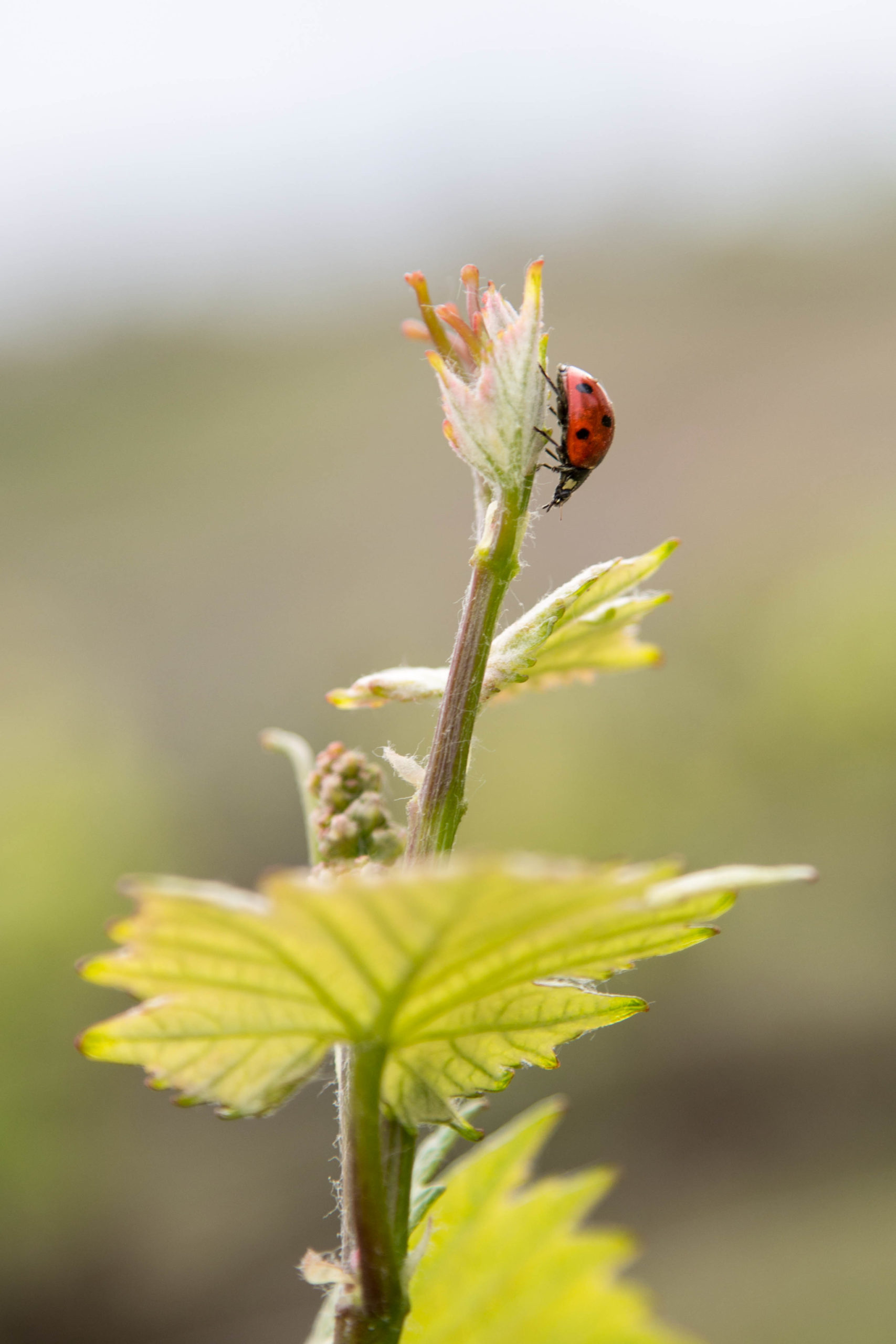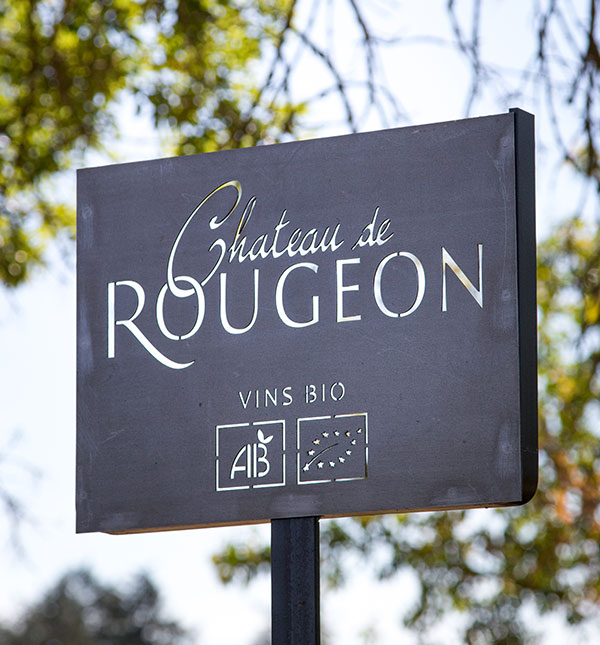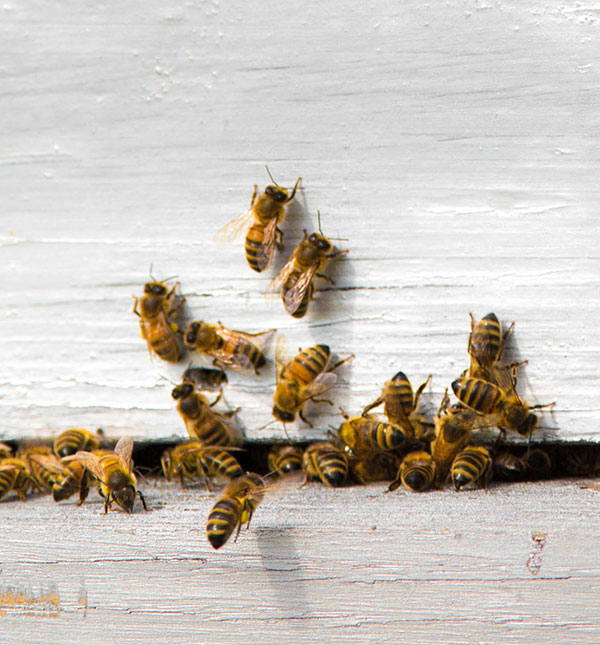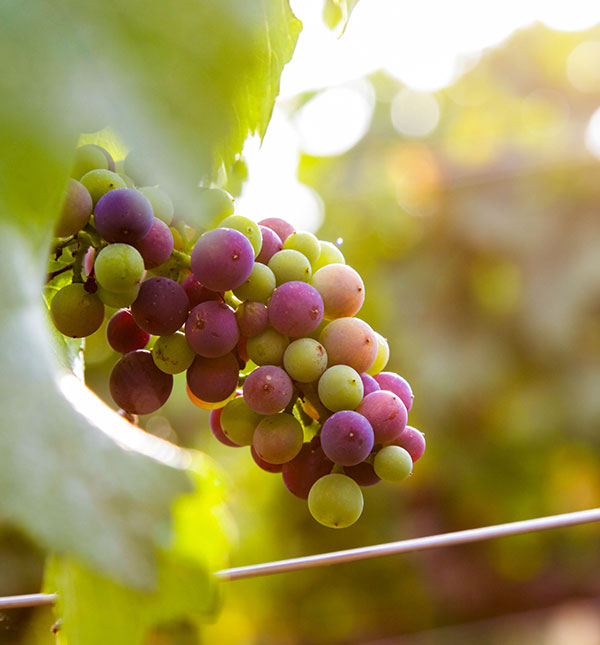History
Let us recount it!
The history of our family begins in 1839 when our ancestor Claude Ozanon bought Rougeon.
His son Charles Ozanon [1835-1909], an arborist, winegrower and above all a world-renowned botanist, devoted his last years until his death to experimenting with American grape varieties following the 1875 invasion of phylloxera in Burgundy.
He started his work in 1886. He experimented with the main American grape varieties that he grafted with shoots from Rougeon and Meursault. He managed to raise 1200 in pots the first year and increased to 24000 grafts in 1888. Once the vineyard of Rougeon was re-established, it was the turn of the villages of Meursault, Pommard and Beaune.
Later, his son Henri succeeded him in Rougeon, very involved in the foundation of the Appellations d’Origine, he is a great defender of the Burgundy Côte Chalonnaise and of the small producers.
One of Henri’s daughters, named “Kitty”, married Antonin Bouchard, director of the important family wine house Bouchard Père & Fils.
His son, Joseph Bouchard, our grandfather, managed the estate until his death.
Our parents, Dominique and Isabelle, decided in 1981 to take over the estate and bring it back to life.
The vines of Rougeon have nourished us and made us grow. We have learned and kept the memory of each of our ancestors, their discoveries, their philosophy, their way of life, the anecdotes. This is what embodies Rougeon and what we want to pass on in every glass of wine we taste.
We work every day to add our stone to the building.
It all starts with respect for the terroir.
